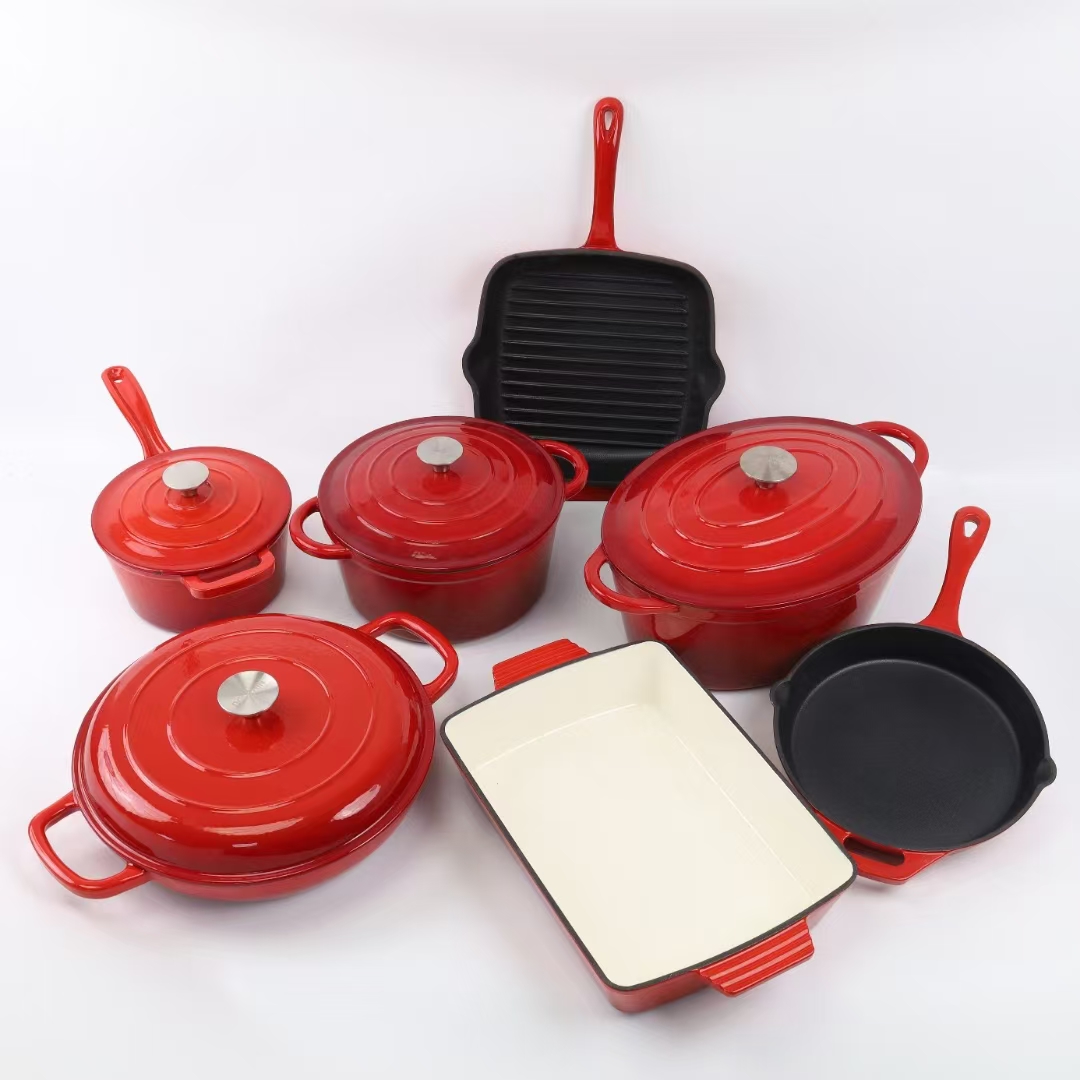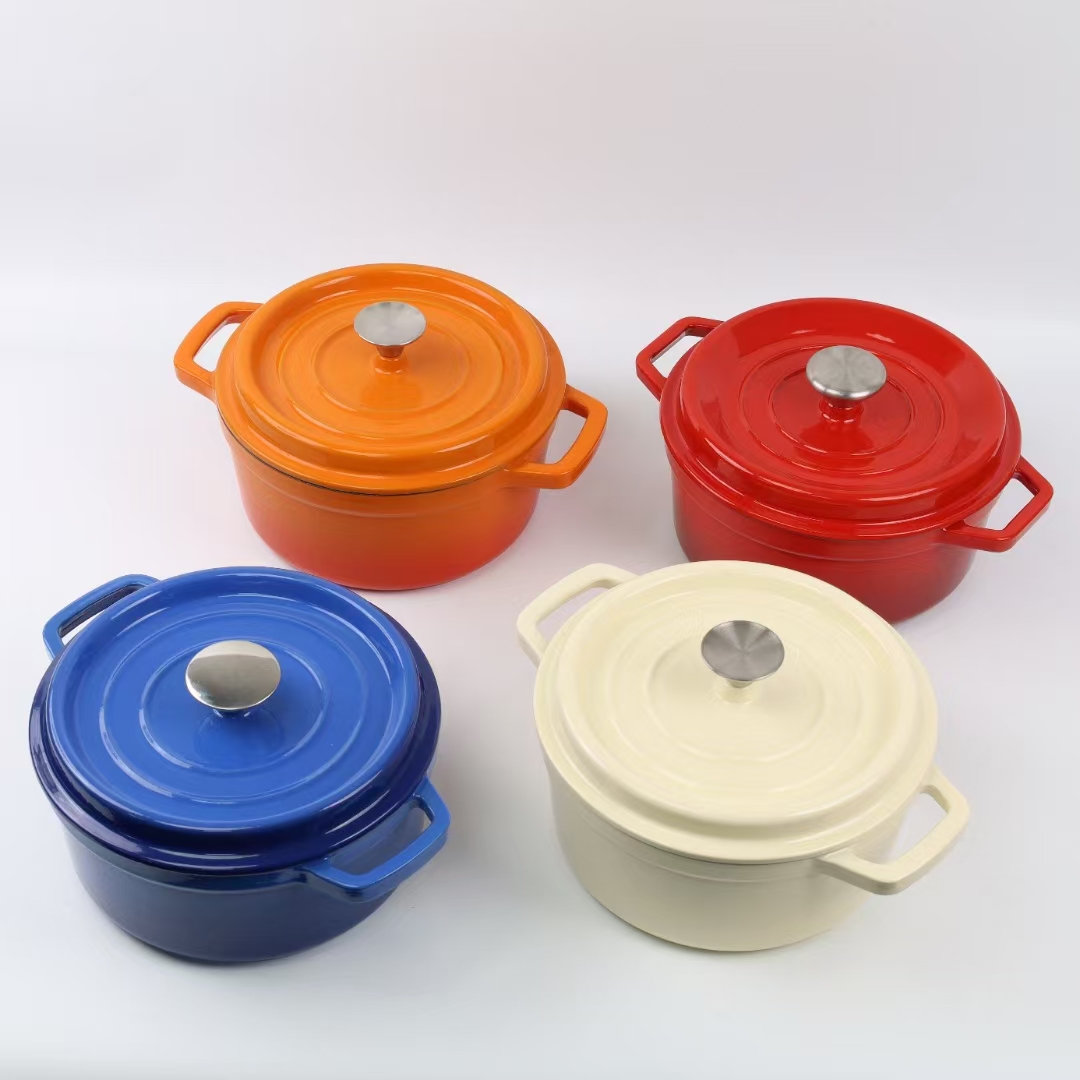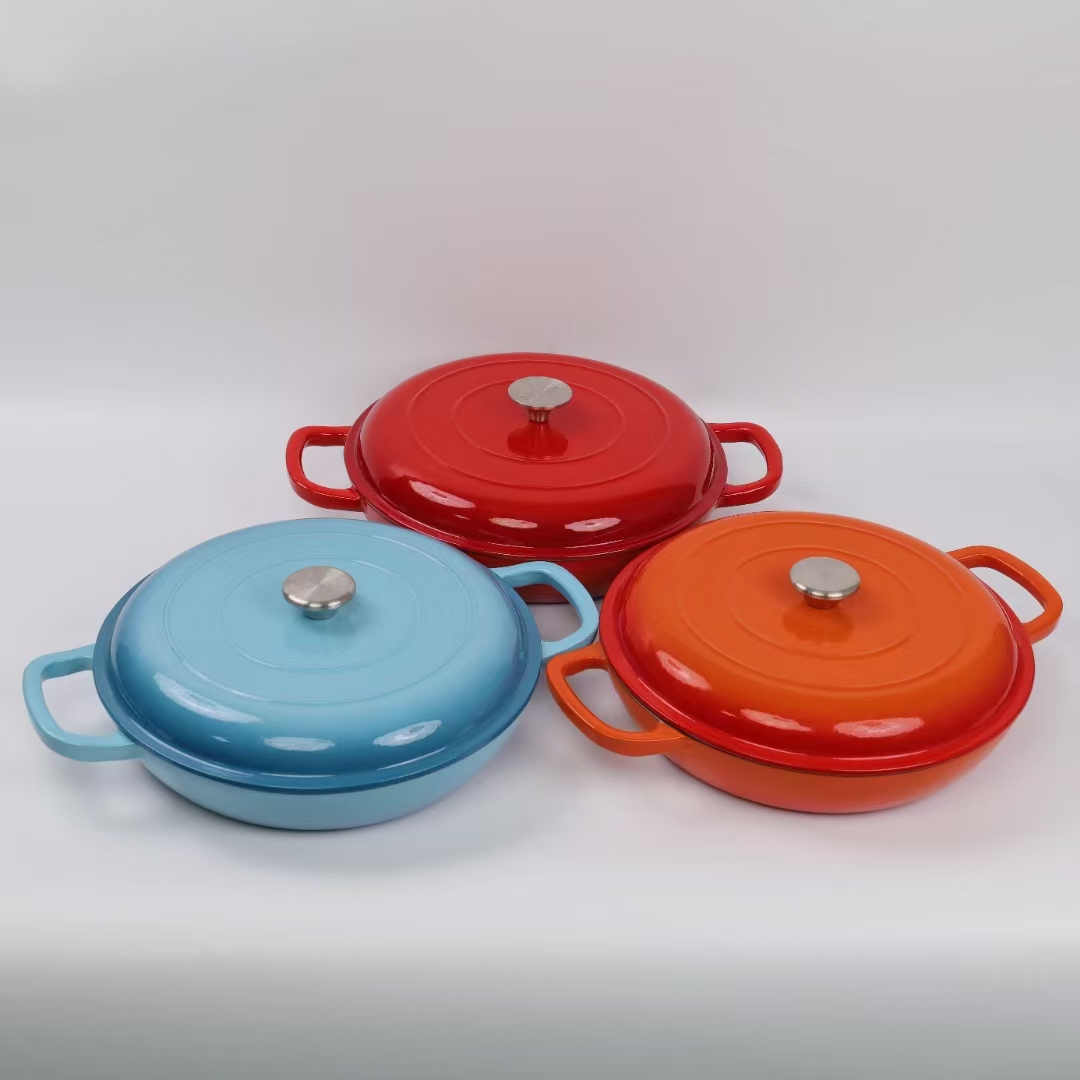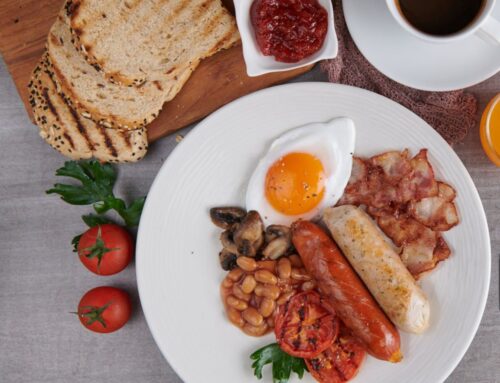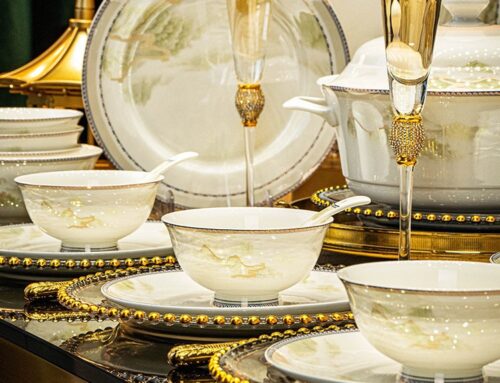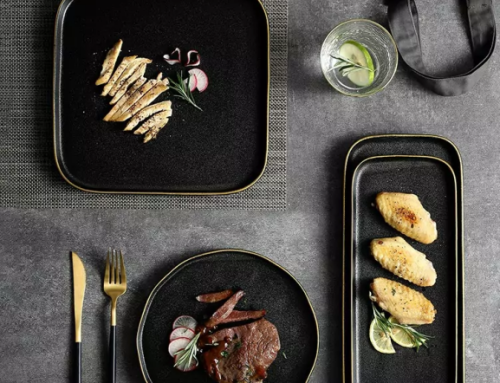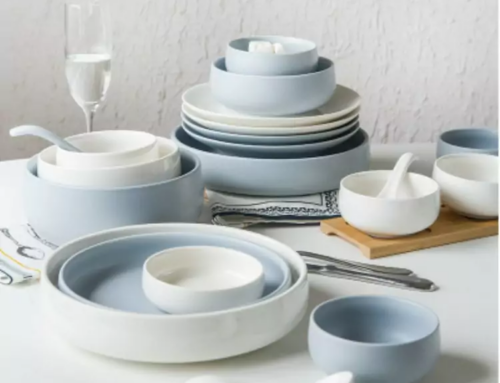Cast iron cookware is a must-have for every kitchen. It is durable, versatile, and great for cooking many types of meals. From a simple cast iron skillet to a reliable Dutch oven, these pieces are built to last. Here’s why it is so popular and how to choose the right one for your needs.
What Makes Cast Iron Cookware Great?
-
Lasts a Lifetime
Cast iron cookware is incredibly strong. It can handle high heat, daily use, and even outdoor cooking. With proper care, a cast iron skillet or Dutch oven can last for decades. -
Cooks Food Evenly
Cast iron heats slowly but evenly. It keeps food warm longer and prevents uneven cooking. This makes it perfect for frying, baking, or simmering dishes. -
Naturally Non-Stick
A well-seasoned cast iron skillet has a natural, non-stick surface. You can cook eggs, pancakes, or fish without worrying about sticking. -
Works Anywhere
Cast iron cookware works on all heat sources, including gas, electric, and induction stoves. It’s also oven-safe and great for grilling or campfires. -
Healthy Cooking Option
Cast iron adds a small amount of iron to your food, which is good for your health. It also has no harmful chemicals, unlike some non-stick pans.
How to Choose
-
Start with a Skillet
A cast iron skillet is a good first choice. It’s versatile and can be used for frying, baking, and more. If you want to slow-cook or make soups, a Dutch oven is a great option too. -
Go Pre-Seasoned
Pre-seasoned cast iron cookware is ready to use. It saves time and is great for beginners. If you buy unseasoned cookware, you’ll need to season it before use. -
Pick the Right Size
Choose cookware based on your cooking needs. A 10-inch skillet is perfect for most meals, while larger skillets or Dutch ovens are better for families or entertaining. -
Look for Quality
High-quality cast iron cookware should feel solid and have a smooth surface. Trusted brands often offer better performance and long-lasting value.
Tips for Caring for Cast Iron Cookware
- Season It Regularly: Rub a small amount of oil on the surface and heat it to keep the non-stick layer strong.
- Wash Without Soap: Use warm water and a soft brush. Avoid dish soap, as it can remove the seasoning.
- Dry Quickly: Dry your cookware right after washing to prevent rust.
- Store Properly: Store in a dry place, and add a light coat of oil to protect it.
Why Choose Cast Iron?
It is reliable, safe, and easy to use. A cast iron skillet or Dutch oven can handle almost any recipe. It cooks food evenly, lasts a lifetime, and adds flavor to your meals. Whether you’re a beginner or a pro, it is worth the investment.
Conclusion
Cast iron cookware is a kitchen essential. It’s tough, versatile, and perfect for everyday cooking. Start with a pre-seasoned cast iron skillet or a Dutch oven, and enjoy cooking with a timeless tool. Add it to your kitchen and make meals that taste better every time.

